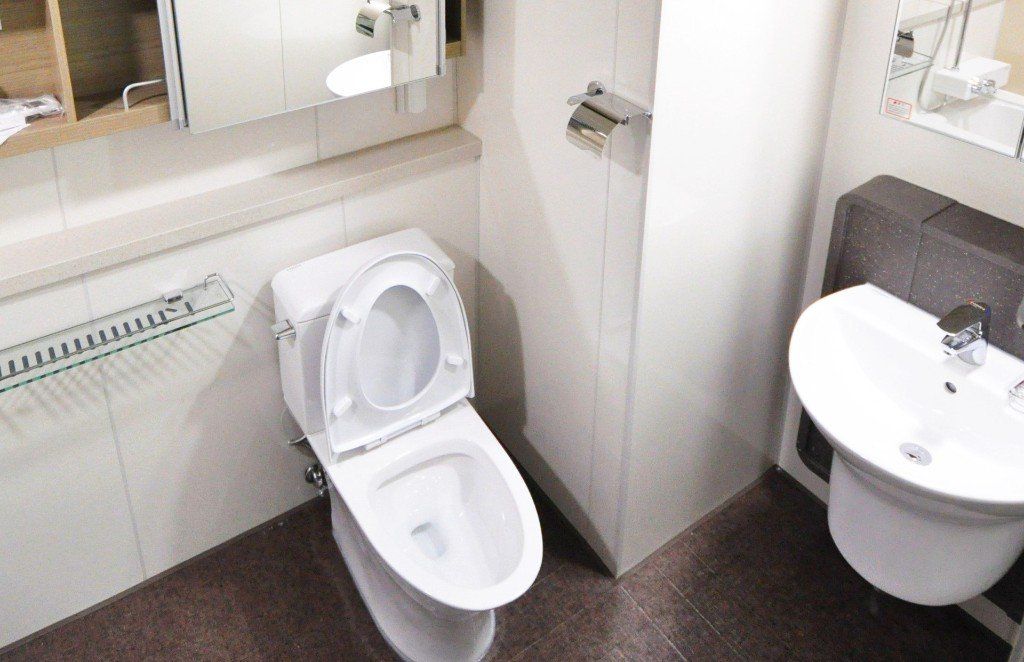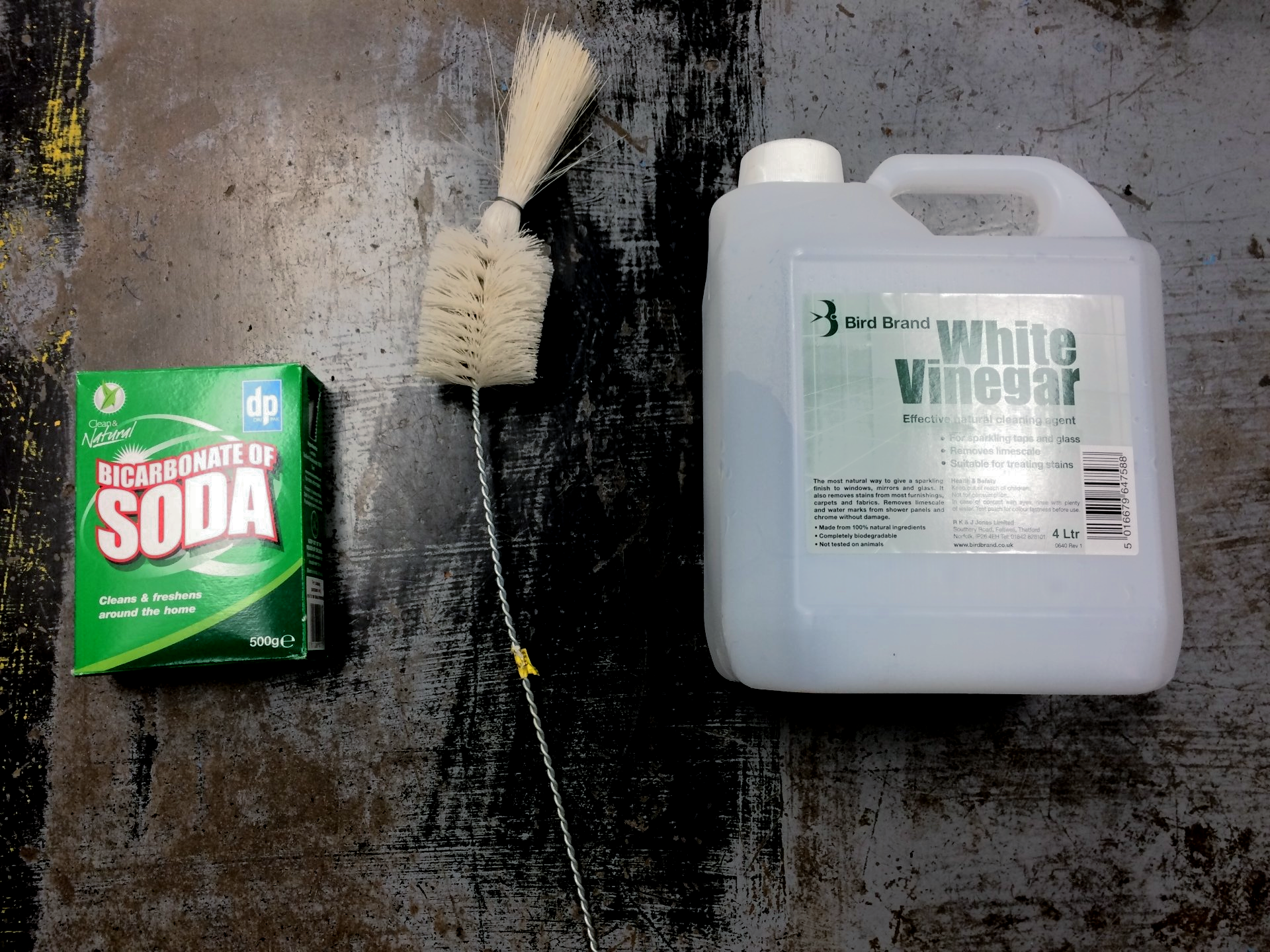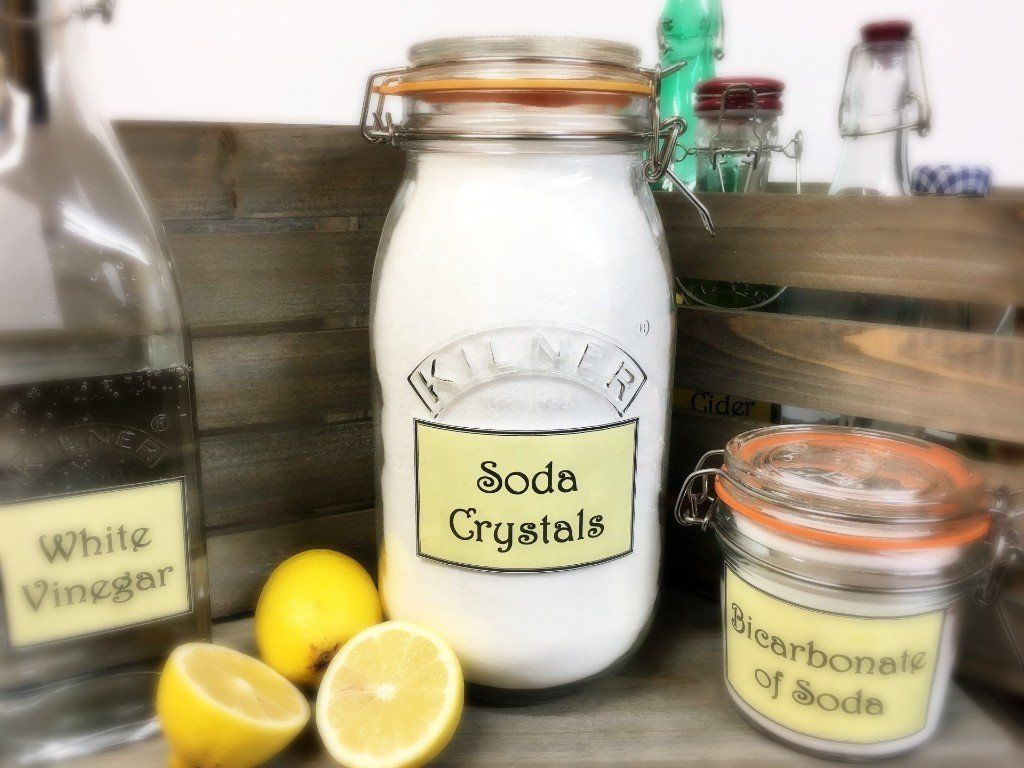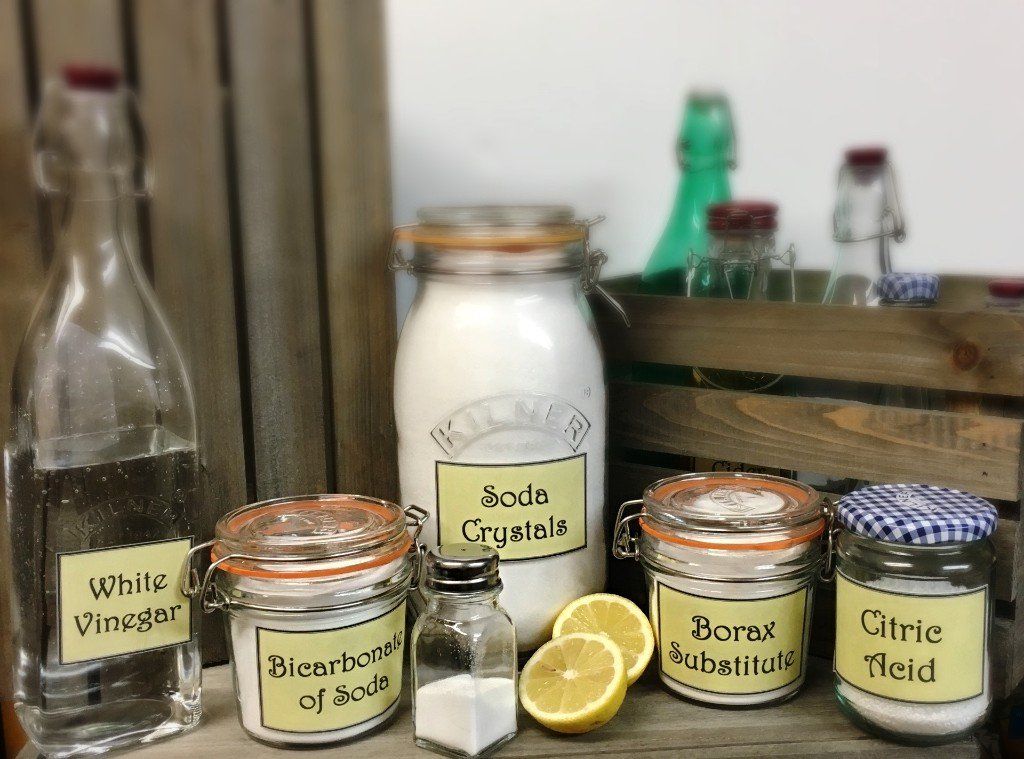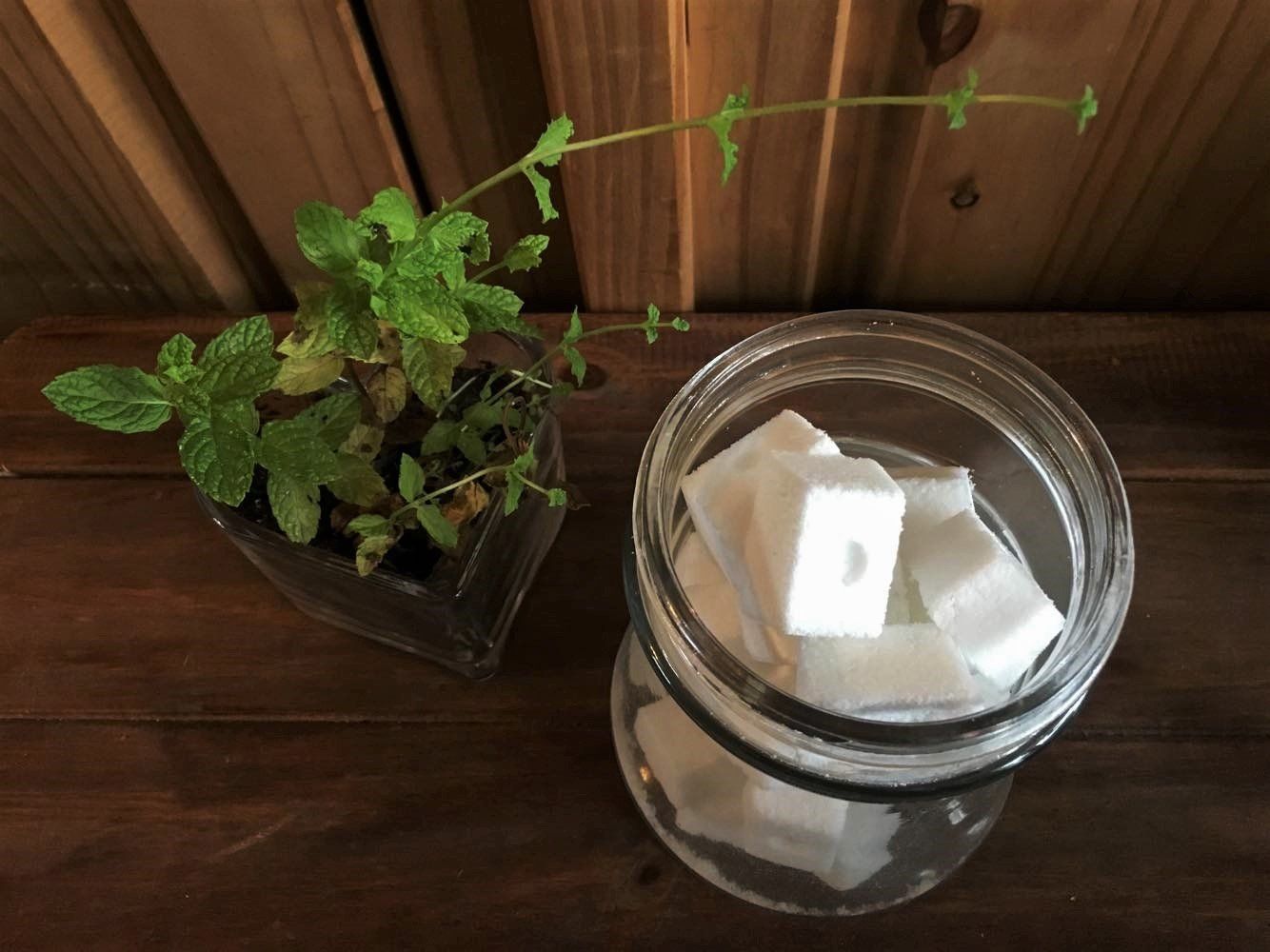Extensive knowledge
Citric Acid
Cleaning with Citric Acid
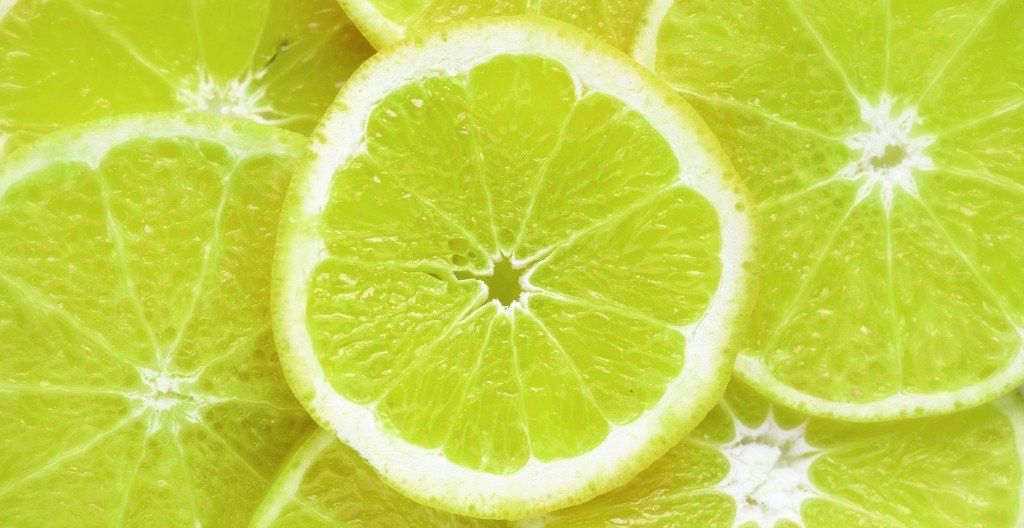
Citric Acid is an acid found in citrus fruits such as lemons and limes. It is non-toxic and naturally sourced.
For cleaning purposes, Citric Acid is an excellent natural descaler.
Perfect for Kettles, Washing Machines, Dishwashers and even toilets!
Limescale is a hard chalky substance that builds up on surfaces that are often exposed to water. It is made up of dissolved minerals such as calcium and magnesium carbonate in the water that get left behind when it evaporates. Areas with hard water are more likely to suffer issues related to limescale build up because the water has a higher concentration of dissolved minerals.

Limescale can be easily recognised by a build-up of white deposits that can be found on the heating elements of electrical appliances such as kettles, irons, coffee machines and dishwashers.
Where water is being heated it is at a greater risk of leaving limescale as it speeds up evaporation. It can also be found on taps, showerheads, in toilets, pipes and even on tiles.
Build up of Limescale over a long period of time can result in appliances to operate poorly or even breakdown.
The best way to keep on top of limescale and the damages caused by it is to descale them regularly.
Kettles
Decscaling a kettle is really quick and easy.
Simply fill it with enough water to
cover the heating components in the base, add one tablespoon of Citric Acid and
boil. One time should be enough but if the limescale is stubborn you can repeat
until it shifts.
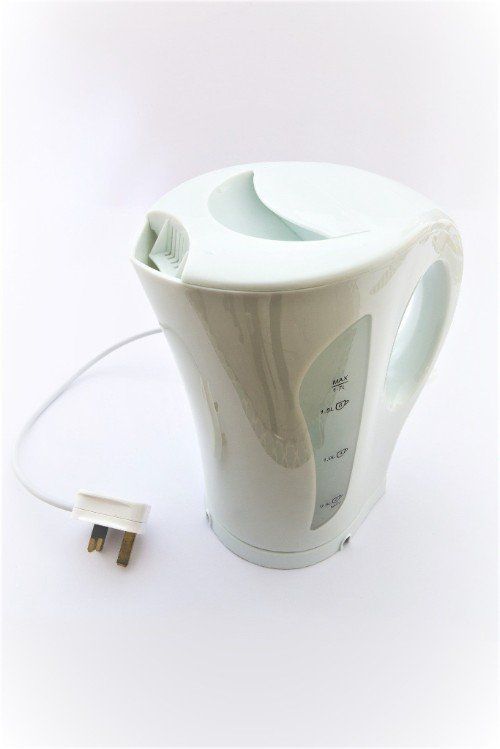
Dishwashers
Make sure the dishwasher is completely empty and place one bowl of Citric Acid on the top rack and one bowl of Citric Acid on the bottom rack.
Then run the machine as you normally would, using a long and hot cycle.
The Citric Acid works its way through the internals of the machine cleaning out any limescale deposits.
One sign that your dishwasher needs a descaling is streaky or cloudy glassware after washing.
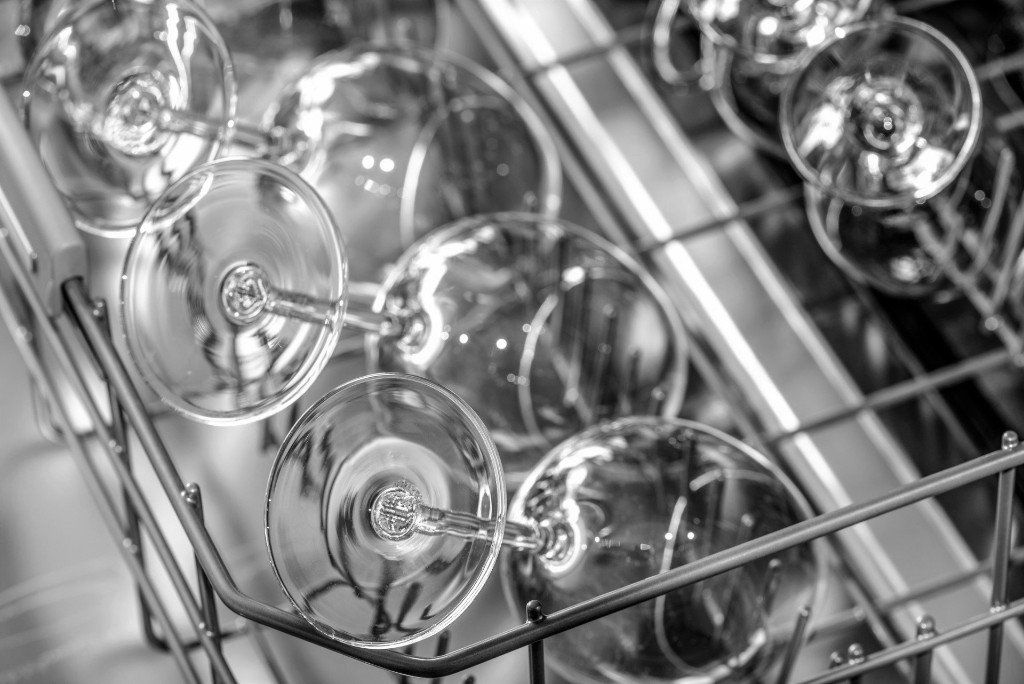
Toilets
Limescale build up in toilets tends to be brown, this is because of other minerals it comes into contact with such as iron.
To remove the limescale with Citric Acid, you first need to pour a bucket of boiling water into the bowl, wait for it to drain and repeat.
Once the water has drained again, pour in 125g of Citric Acid. The warmth from the water will help to dissolve and activate the Citric Acid.
Leave for as long as you can, at least one hour, then use a stiff brush to remove any remaining loosened limescale and flush away.
We have a great recipe for Natural Toilet Fizzersthat can be used regularly to keep on top of limescale build up.
